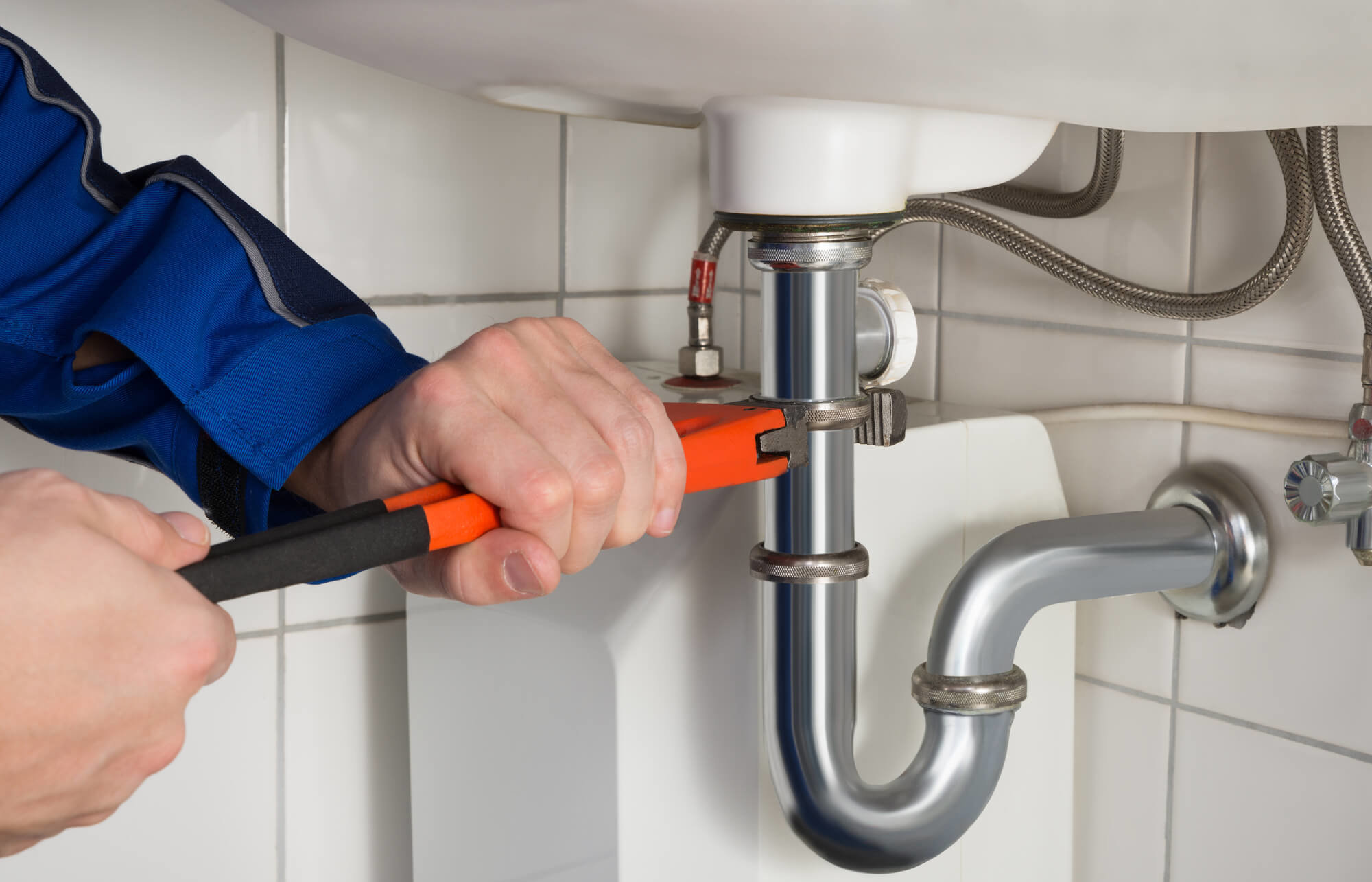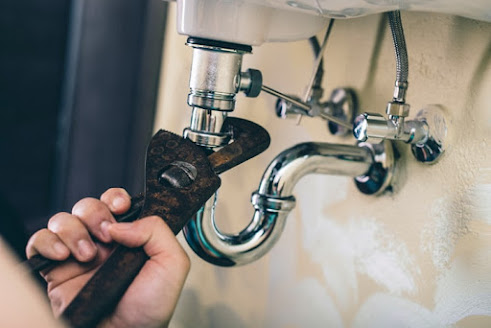Solving and Repairing Plumbing Disturbances in Homes
Solving and Repairing Plumbing Disturbances in Homes
Blog Article
We have stumbled on the article about How To Fix Noisy Pipes below on the internet and reckoned it made sense to write about it with you over here.

To detect noisy plumbing, it is very important to establish first whether the unwanted audios occur on the system's inlet side-in other words, when water is transformed on-or on the drainpipe side. Sounds on the inlet side have differed reasons: extreme water pressure, used valve and also faucet components, poorly connected pumps or various other appliances, inaccurately positioned pipeline bolts, and also plumbing runs including way too many tight bends or other restrictions. Sounds on the drainpipe side usually stem from inadequate area or, just like some inlet side sound, a layout including tight bends.
Hissing
Hissing sound that takes place when a tap is opened slightly usually signals too much water pressure. Consult your regional public utility if you believe this problem; it will certainly be able to tell you the water stress in your area and also can install a pressurereducing valve on the incoming supply of water pipe if needed.
Thudding
Thudding noise, usually accompanied by trembling pipelines, when a faucet or home appliance shutoff is turned off is a condition called water hammer. The sound as well as vibration are brought on by the resounding wave of pressure in the water, which unexpectedly has no area to go. Sometimes opening up a shutoff that releases water rapidly into a section of piping having a restriction, elbow, or tee installation can create the same problem.
Water hammer can normally be healed by setting up fittings called air chambers or shock absorbers in the plumbing to which the trouble shutoffs or faucets are linked. These tools allow the shock wave developed by the halted circulation of water to dissipate airborne they have, which (unlike water) is compressible.
Older plumbing systems might have short upright areas of capped pipe behind wall surfaces on faucet competes the same objective; these can ultimately loaded with water, minimizing or destroying their efficiency. The cure is to drain the water supply completely by shutting off the major supply of water valve as well as opening up all taps. After that open up the main supply valve and also close the taps individually, beginning with the tap nearest the shutoff and also ending with the one farthest away.
Chattering or Screeching
Intense chattering or screeching that takes place when a shutoff or tap is activated, and that normally disappears when the fitting is opened completely, signals loose or faulty internal parts. The solution is to replace the valve or tap with a brand-new one.
Pumps as well as home appliances such as washing devices and dishwashers can transfer electric motor noise to pipelines if they are improperly connected. Connect such things to plumbing with plastic or rubber hoses-never rigid pipe-to isolate them.
Other Inlet Side Noises
Creaking, squeaking, scratching, breaking, as well as tapping typically are triggered by the growth or contraction of pipelines, normally copper ones supplying hot water. The noises occur as the pipelines slide against loose fasteners or strike close-by house framing. You can often identify the location of the issue if the pipelines are revealed; just follow the noise when the pipelines are making sounds. Most likely you will find a loosened pipeline wall mount or an area where pipelines exist so near to flooring joists or other framing items that they clatter against them. Connecting foam pipeline insulation around the pipes at the point of get in touch with ought to fix the trouble. Make sure straps and also wall mounts are safe as well as supply appropriate assistance. Where possible, pipe bolts must be affixed to enormous structural elements such as structure wall surfaces rather than to framing; doing so reduces the transmission of vibrations from plumbing to surfaces that can enhance and transfer them. If connecting bolts to framework is inescapable, cover pipes with insulation or other resilient product where they get in touch with bolts, as well as sandwich the ends of new bolts in between rubber washing machines when installing them.
Remedying plumbing runs that experience flow-restricting tight or many bends is a last resort that ought to be embarked on just after consulting a proficient plumbing contractor. Regrettably, this scenario is rather common in older residences that might not have been built with indoor plumbing or that have actually seen several remodels, especially by novices.
Drainpipe Noise
On the drainpipe side of plumbing, the chief objectives are to eliminate surfaces that can be struck by dropping or hurrying water as well as to protect pipes to have inevitable noises.
In new building and construction, tubs, shower stalls, commodes, and wallmounted sinks as well as basins should be set on or against durable underlayments to reduce the transmission of sound with them. Water-saving bathrooms and taps are much less loud than traditional versions; mount them instead of older types even if codes in your location still allow utilizing older components.
Drainpipes that do not run up and down to the basement or that branch right into straight pipe runs sustained at flooring joists or other framing present specifically frustrating sound problems. Such pipelines are huge enough to radiate considerable resonance; they likewise lug considerable amounts of water, which makes the situation worse. In brand-new building, define cast-iron dirt pipelines (the huge pipes that drain bathrooms) if you can afford them. Their massiveness has much of the sound made by water passing through them. Also, prevent directing drains in walls shown bed rooms as well as rooms where people gather. Walls consisting of drainpipes must be soundproofed as was described previously, making use of double panels of sound-insulating fiber board and wallboard. Pipelines themselves can be covered with unique fiberglass insulation made for the function; such pipes have an impervious plastic skin (sometimes including lead). Results are not constantly sufficient.
If Your Plumbing is Making These Sounds, There’s a Problem
A Bang or Thump When You Turn Off a Faucet
If a loud bang or thump greets you each time your turn off running water, you likely have a water hammer. A water hammer occurs when the water velocity is brought to a halt, sending a shock wave through the pipe. It can be pretty jarring — even worse, damaging to your plumbing system. All that thudding could loosen connections.
Strange Toilet Noises
You’re so familiar with the sounds your toilet makes that your ears will be attuned to anything out of the ordinary. Fortunately, most unusual toilet noises can be narrowed down to just one of several problems.
Foghorn sound:
Open the toilet tank Flush the toilet When you hear the foghorn noise, lift the float to the top of the tank If you’re ambitious, you can remove the ballcock valve and disassemble it to replace the washer. Or you can more easily replace the ballcock valve entirely. This device is relatively inexpensive and available at most any hardware store.
Persistent hissing:
The hissing following a flush is the sound of the tank filling. It should stop once the tank is full. But if the hissing continues, it’s likely because water is leaking out of the tank. The rubber flap at the bottom of the tank can degrade, letting water slip through and into the bowl. That’s why the tank is refilling continuously. Fortunately, this is an easy fix:
Cut the water to the toilet by closing the shutoff valve on the water supply line. Flush the toilet to drain the tank. Disconnect the flapper Attach the new flapper Gurgling or bubbling:
Gurgling or bubbling suggests negative air pressure in the drain line, likely resulting from a clog. As air releases, it causes the water in the toilet to bubble. This could either be a minor issue or a major one, depending on the clog’s severity. Clogs can be caused by toilet paper or more stubborn obstructions such as tree roots. If you can’t work out the clog with a plunger, contact a professional plumber for assistance because a clog of this magnitude could lead to filthy and unsanitary sewage backups in your sink bathtub.

We had been made aware of that editorial about Why Do My Pipes Make Noises through someone on our other web address. Do you know about another person who is fascinated with Why Do My Pipes Make Noises? Please feel free to promote it. Thanks a lot for your time. Don't hesitate to come by our website back soon.
Expertise on line! Report this page